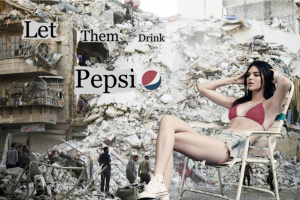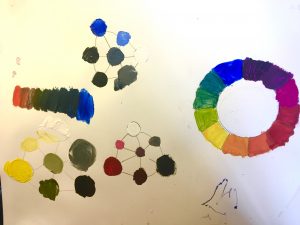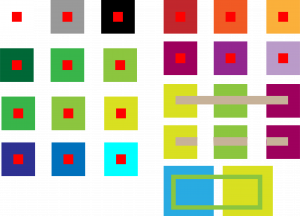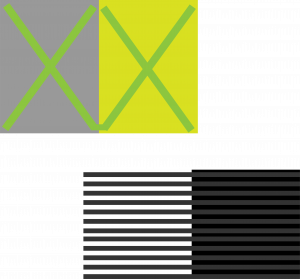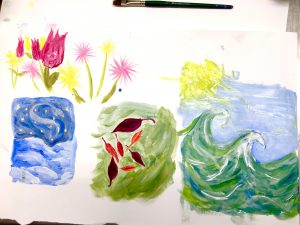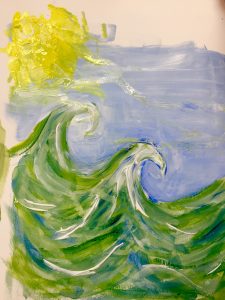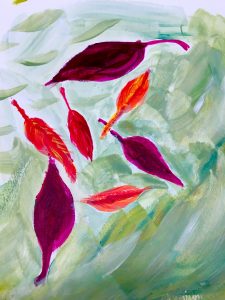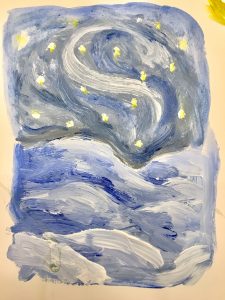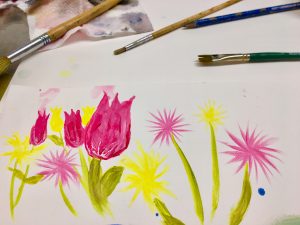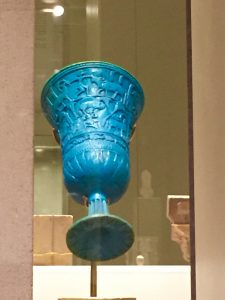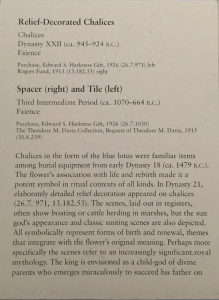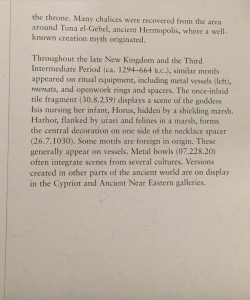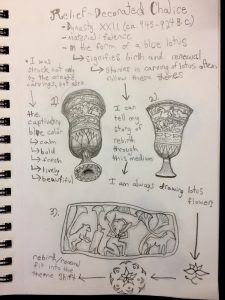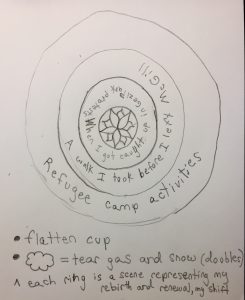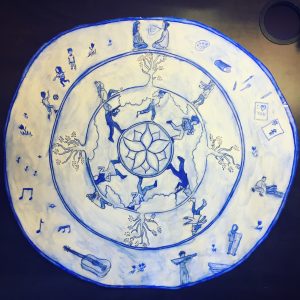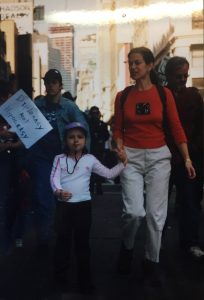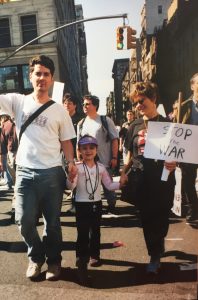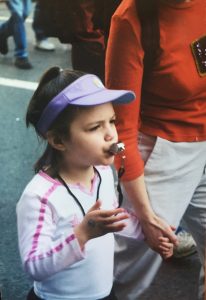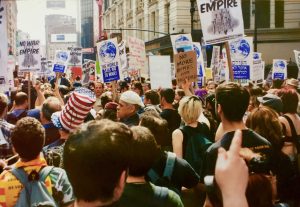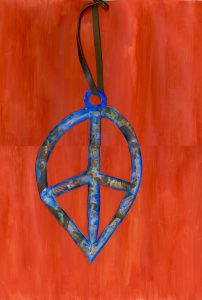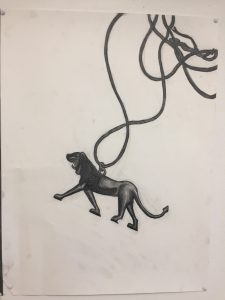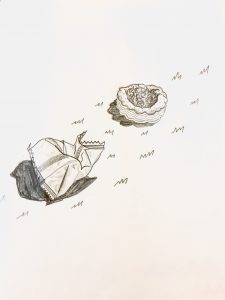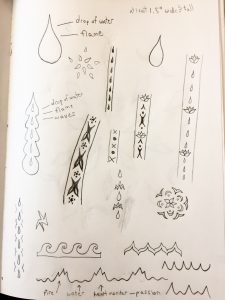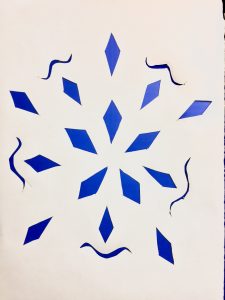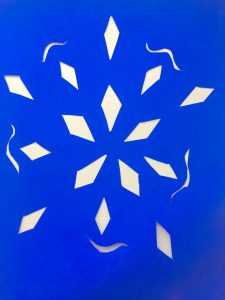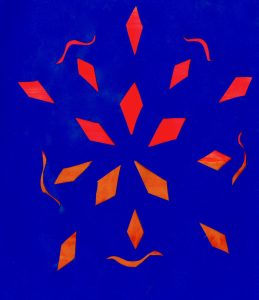For my Photoshop appropriation assignment, I decided to juxtapose an image of Kendall Jenner with a photo of wreckage from the Syrian War.
This is an example of artistic appropriation, as I took these images from other sources, but it also references a much more negative sense of the word: cultural appropriation. Kendall Jenner is notorious for exploiting other cultures with less socio-economic power than her, and offending groups of people through both personal fashion and professional ad campaigns. Recently she starred in a Pepsi commercial that kind of fetishized protest culture, stereotyped race, and made light of the Black Lives Matter movement, police brutality, and other minority rights. It ended with her handing a can of Pepsi to a police officer, and the conflict subsiding because of ‘the magic of Pepsi’ or whatever.
If Pepsi hadn’t faced so much backlash for this commercial, what would they have done next to try to appeal to a politically active target audience? Hence, my grim and disturbingly absurd juxtaposition.
I drew these images from news articles, so I decided to take the NY Times font and collage a sentence that could work either as a news headline or an ad slogan for Pepsi. The words reference Marie Antoinette’s famous quote, “Qu’ils mangent de la brioche”, which essentially means “Let them eat cake”. Antoinette, like most of the French royalty and nobility at the time, was famous for her frivolousness, lavish spendings, and ignorance about the poverty and atrocities going on outside of her bubble. I aimed to compare her to Kendall Jenner and generally critique celebrity culture and unethical advertising in the media.
I used juxtaposition, layering, fragmenting, and decontextualization for this assignment.
The original sources I used are attached below:
https://okmagazine.com/photos/kendall-jenner-kylie-jenner-pac-sun-summer-2015-collection-photos-flaunt-figures/

